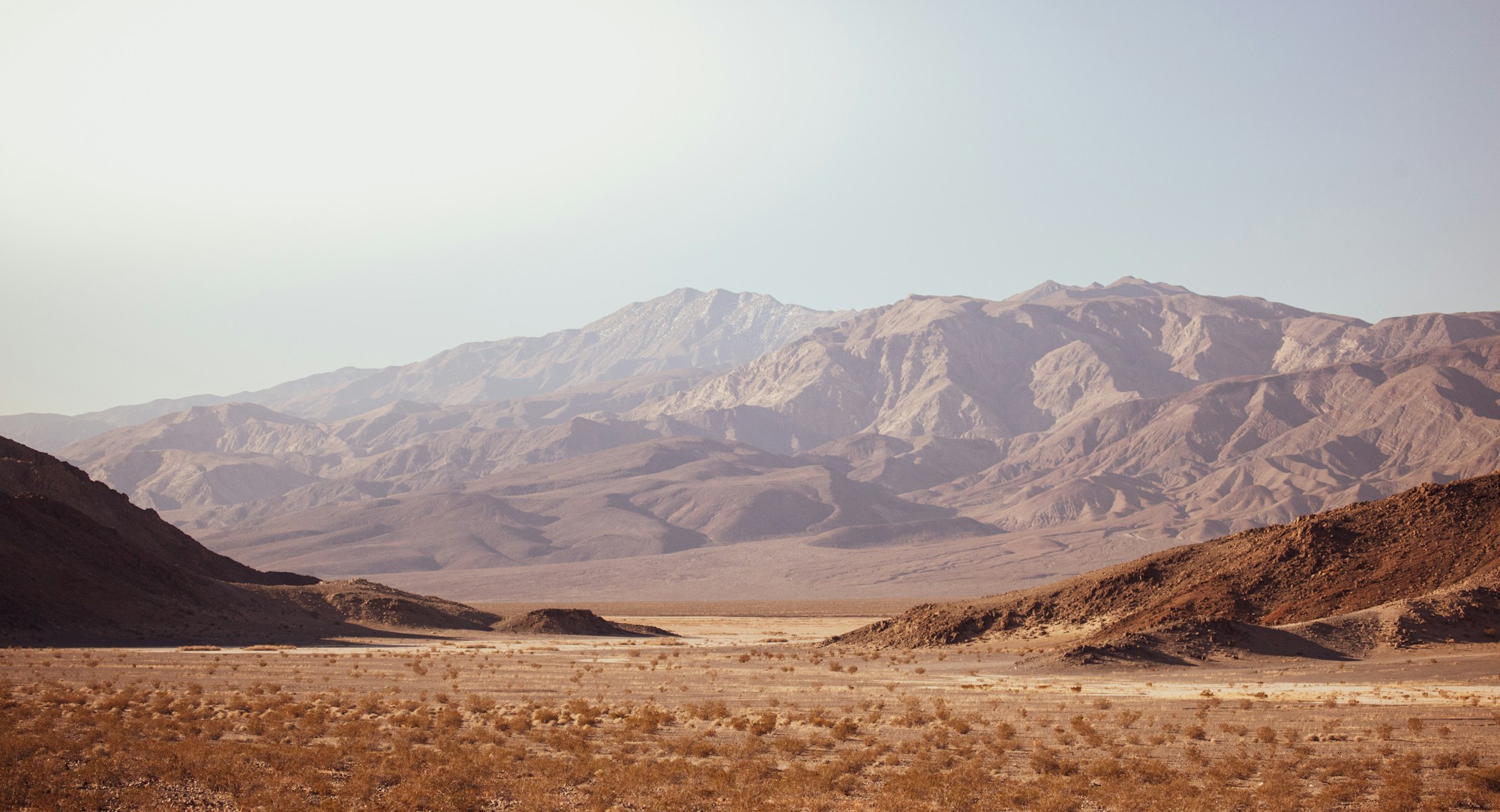Exploring Death Valley: A Practical Travel Guide

Exploring Death Valley: A Practical Travel Guide
Death Valley, located in Eastern California, is the hottest and driest national park in the United States. With its harsh desert landscape and extreme temperatures, it is a destination that offers a unique and unforgettable experience for adventurous travelers.
Best Time to Visit
The best time to visit Death Valley is during the milder months of late fall, winter, and early spring when temperatures are more bearable for outdoor activities. Summer months can be extremely hot, with temperatures soaring well above 100 degrees Fahrenheit.
Getting There
- By Car: Death Valley is accessible by car via various highways, including CA-190 and NV-374. It is recommended to have a reliable vehicle with plenty of fuel and water for the journey.
- By Air: The nearest airports are in Las Vegas, Nevada, and Bakersfield, California. From there, you can rent a car to drive to Death Valley.
Accommodations
There are several lodging options within and around Death Valley for visitors:
- Stovepipe Wells Village: A hotel located inside the park with various amenities and a convenient location.
- The Oasis at Death Valley: A luxury resort with multiple lodging options, dining, and recreational activities.
- Camping: There are campgrounds within the park for those seeking a more rugged experience. Be sure to check for availability and rules.
Things to Do
Death Valley offers a wide range of activities for visitors to enjoy:
- Hiking: Explore the diverse desert landscapes on the park's many hiking trails, such as the Golden Canyon Trail and the Mesquite Flat Sand Dunes.
- Sightseeing: Visit iconic spots like Badwater Basin, the lowest point in North America, and Zabriskie Point for stunning panoramic views.
- Stargazing: Experience the incredibly clear night skies in Death Valley, perfect for stargazing and astrophotography.
Safety Tips
When visiting Death Valley, it is important to stay safe and prepared:
- Stay Hydrated: Carry plenty of water with you at all times, especially when hiking or exploring the park.
- Protect Yourself from the Sun: Wear sunscreen, a hat, and sunglasses to avoid sunburn and heat exhaustion.
- Follow Park Regulations: Respect the park's rules and guidelines to help preserve this unique desert environment for future generations.
